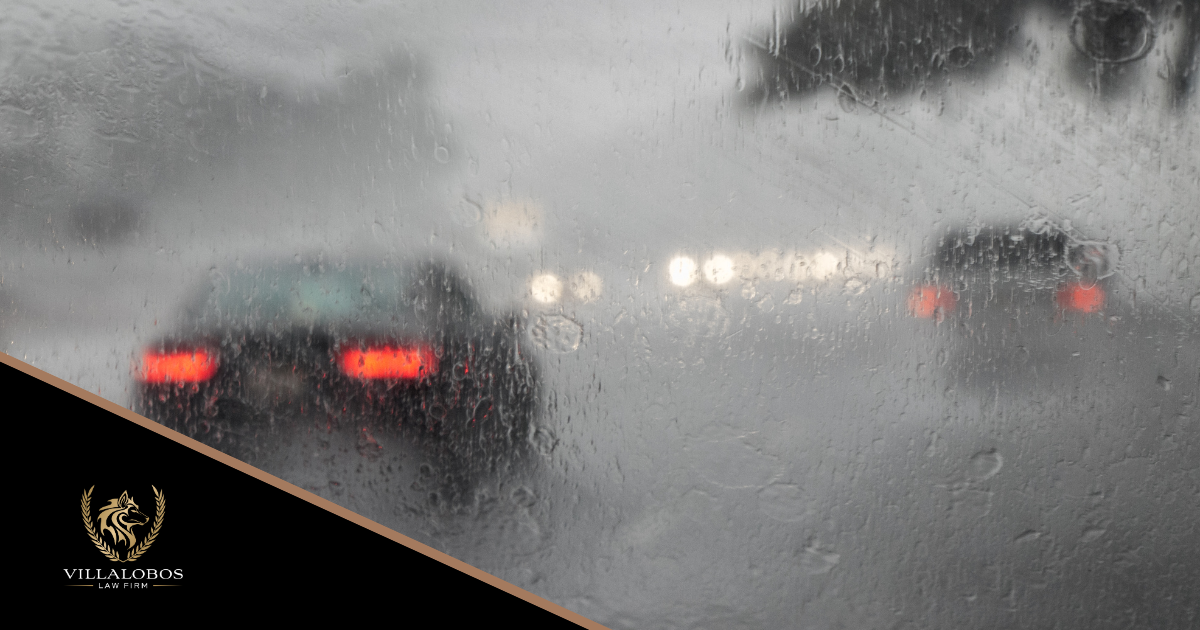Texas Weather Car Accidents: Legal Guide for Negligence Claims

Texas weather car accidents are a significant challenge for drivers. Sudden shifts in weather can dramatically affect road conditions, leading to increased accident risks. This guide explores how elements like weather influence driving and claims in Texas. It highlights legal strategies for proving negligence in weather-related accidents.
Weather’s Impact on Road Safety
The diverse Texas climate means drivers may face torrential rains, icy roads, or dense fog. These conditions can decrease visibility and road traction. Understanding these risks is essential for anyone who finds themselves on Texas roads during adverse weather.
- Heavy rainfall and flooding are common in Texas, especially during the spring and fall. Wet roads reduce tire traction, increase stopping distances, and can lead to hydroplaning. When accidents occur under such conditions, determining fault involves examining whether drivers adjusted their speed appropriately for the weather.
- Fog can envelop Texas roads, dramatically reducing visibility. This makes it difficult for drivers to see other vehicles, road signs, and turns. Accidents in foggy conditions often raise questions about the adequacy of a driver’s headlights and speed. They also question adherence to traffic laws designed for low visibility.
- Although less common, ice and snow do occur in Texas, particularly in the Panhandle and northern regions. These conditions can lead to skidding and control loss. Claims involving such accidents assess if drivers prepare for winter driving and take necessary precautions like using appropriate tires.
Safety Tips for Texas Drivers
To reduce the risk of Texas weather car accidents during adverse weather conditions, drivers should take preventive measures such as adjusting speed, increasing following distance, and using headlights.
Compiling Evidence After a Weather-Related Car Accident in Texas

After a weather-related car accident in Texas, it’s crucial to understand the steps involved in filing a claim. First, report the accident to your insurance company. Then, gather evidence such as photos of the accident scene, witness statements, and weather condition reports at the time.
Understanding these procedures helps in building a strong case. It also aids in navigating the complexities of insurance claims and legal battles.
If you’re involved in a Texas weather-related car accident, don’t face the legal aftermath alone. Contact Villalobos Law Firm today to protect your rights and secure the compensation you deserve.
Follow Us for More Insights
Stay informed about how to handle car accident claims in Texas by following Villalobos Law Firm on social media. We offer expert advice to help you navigate the complexities of Texas law, equipping you to protect your rights in any situation.

